Natural antibiotics like garlic, honey, oregano oil, coconut oil, echinacea, ginger, and turmeric help fight infections, boost immunity, and reduce inflammation.
Natural antibiotics for infections offer a powerful and effective alternative to synthetic medications. Many people are looking for natural ways to treat infections instead of relying on traditional medicines. How to Use Nature’s Antibiotics to Fight Infections Without a Doctor is becoming an important topic as more individuals seek alternative methods for staying healthy. Some of Natural Antibiotics to Fight Infections, which offer a great alternative to synthetic drugs are, Garlic, Honey, Oregano Oil, Coconut Oil, Echinacea, Ginger, Turmeric. These remedies use the power of nature to fight infections and boost immune system.
Why Natural Antibiotics?
Before diving into specific natural antibiotics, it’s important to understand why these alternatives are gaining popularity. Overuse of synthetic antibiotics has led to increasing antibiotic resistance, making it harder for conventional medicines to work effectively. Natural antibiotics for infections are often safer, come with fewer side effects, and work in harmony with your body to enhance overall wellness.
Natural Antibiotics to Fight Infections and How to Use Them
Nature provides a wide range of powerful antibiotics that can fight infections and strengthen the immune system without relying on prescription drugs. Some of the most effective natural antibiotics for infections, how they work, and how to use them safely to maintain health without needing frequent doctor visits such as;
1. Garlic (Allium sativum)
Garlic stands as one of the most potent natural antibiotics available. For thousands of years, people have used it in traditional medicine to treat a variety of infections. When you crush or chop garlic, it releases allicin, the key compound responsible for its powerful antibacterial properties. Allicin actively kills a wide range of bacteria, viruses, and fungi, making garlic a highly effective natural remedy for infections.
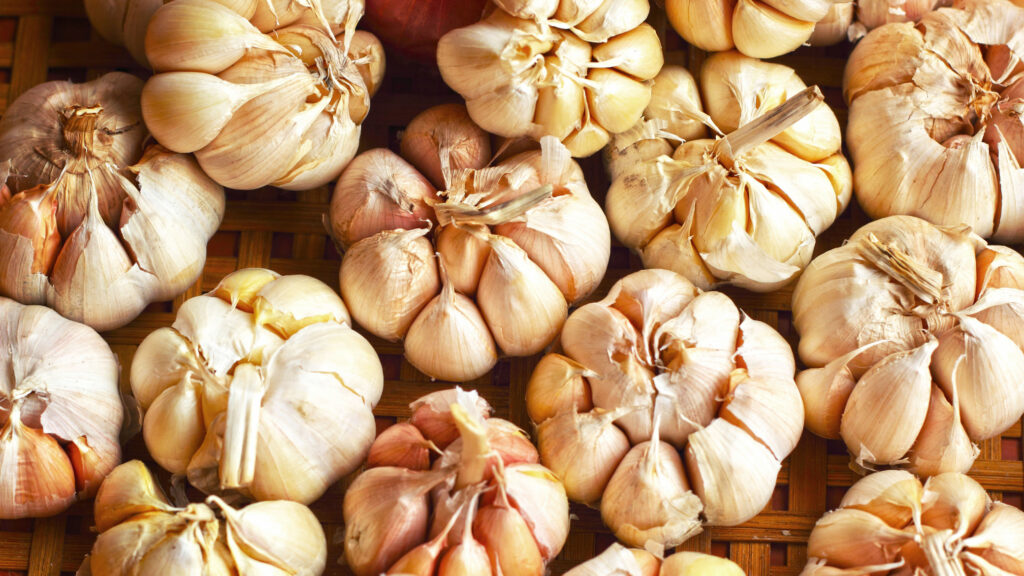
How Garlic Works
- Antibacterial: Garlic effectively combats a variety of bacteria, including Staphylococcus aureus and E. coli. By disrupting the bacterial cell walls, it inhibits their growth and helps the body fight off infections. Studies have shown that garlic can even reduce the severity of bacterial infections.
- Antiviral: In addition to its antibacterial properties, garlic can help ward off common colds and flu. It boosts the immune system, allowing your body to respond more effectively to viral infections. Research indicates that regular consumption of garlic may reduce the incidence and duration of upper respiratory infections.
- Antifungal: Garlic also proves beneficial in treating fungal infections such as athlete’s foot and candida. Its antifungal properties target the fungus directly, helping to eliminate the infection and prevent its recurrence. By applying garlic topically or consuming it, can significantly improve chances of overcoming fungal issues.
How to Use Garlic
Raw Garlic: To harness the full antibiotic power of garlic, consuming it raw is highly effective. Start by crushing or chopping a garlic clove; this action activates allicin, the key compound responsible for garlic’s medicinal effects. Allow it to sit for a few minutes to maximize its potency. Can eat the raw garlic directly or add it to salads for a flavorful twist. If the strong flavor is too intense, consider mixing it with honey, which not only masks the taste but also adds additional health benefits.
Garlic Oil: For those dealing with skin infections, garlic oil offers a convenient topical solution. First, crush fresh garlic and infuse it in a carrier oil, such as olive oil, to create garlic oil. This infusion allows the beneficial properties of garlic to transfer into the oil. Once prepared, apply the garlic oil directly to the affected area. This method provides a soothing effect while delivering the antibacterial and antifungal benefits of garlic right where they are needed.
Incorporating garlic into your daily routine can provide significant health benefits, making it a versatile and powerful natural antibiotic.
2. Honey (Manuka Honey)
Manuka honey, produced in New Zealand, is known for its powerful antibacterial and healing properties. Unlike regular honey, Manuka honey contains methylglyoxal (MGO), which gives it strong antibacterial effects. It has been extensively researched and is commonly used to treat skin infections, wounds, and even internal infections like sore throats.
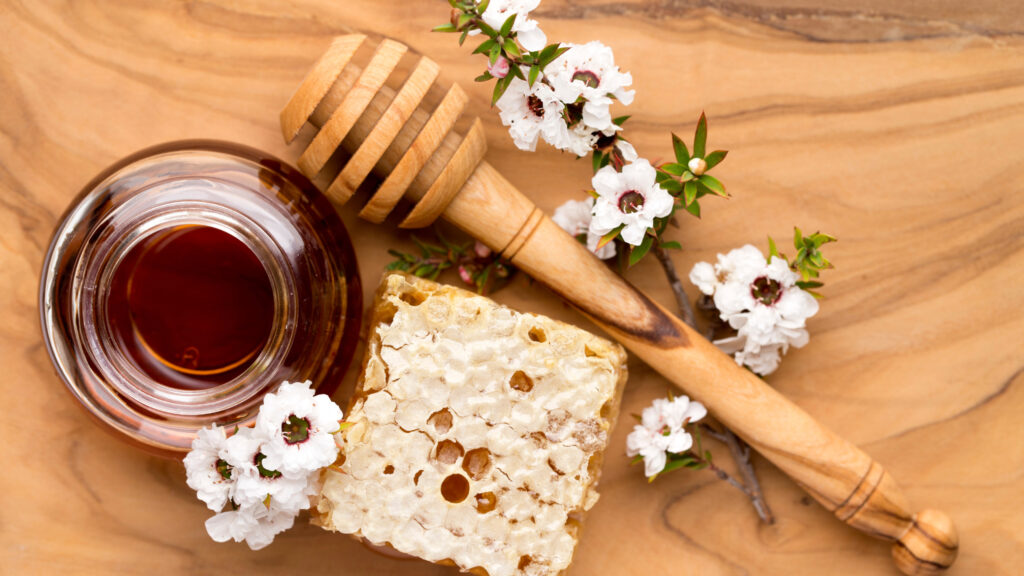
How Manuka Honey Works
- Antibacterial: Manuka honey is renowned for its exceptional antibacterial properties. It can effectively kill antibiotic-resistant bacteria such as MRSA (Methicillin-resistant Staphylococcus aureus). This honey contains a unique compound called methylglyoxal (MGO), which enhances its antibacterial activity. This makes Manuka honey a powerful ally in combating infections that do not respond to conventional antibiotics.
- Anti-inflammatory: In addition to its antibacterial benefits, Manuka honey also possesses anti-inflammatory properties. It helps reduce inflammation, which is a common response to infection. By soothing inflamed tissues, Manuka honey promotes faster recovery and provides relief from discomfort. This anti-inflammatory effect is especially beneficial for individuals suffering from conditions such as sore throats or skin irritations.
- Wound Healing: Manuka honey excels in wound healing due to its ability to create a protective barrier over wounds and burns. When applied topically, it draws out infection while providing a moist environment that facilitates healing. This barrier also prevents the entry of harmful pathogens, making it an excellent choice for treating cuts and abrasions. Studies have shown that using Manuka honey on wounds can significantly speed up the healing process and reduce scarring.
How to Use Manuka Honey
- Topical Application: To harness the healing properties of Manuka honey, start by applying a thin layer directly to wounds, cuts, or burns. This application not only reduces the risk of infection but also promotes healing by maintaining a moist environment. Make sure to clean the wound gently before applying the honey to maximize its effectiveness. Consider covering the area with a sterile bandage to protect it from dirt and bacteria.
- Internal Use: For sore throats or respiratory infections, consuming a spoonful of Manuka honey can provide soothing relief. You can also mix it with warm tea or hot water for added comfort. This method not only helps alleviate throat irritation but also delivers the honey’s antibacterial properties directly to your body. For the best results, incorporate Manuka honey into your daily routine, especially during cold and flu season.
By utilizing Manuka honey in these ways, you can effectively combat infections while enjoying its many health benefits. Its natural healing properties make it an excellent addition to your health regimen, allowing you to embrace nature’s solutions for better health.
3. Oregano Oil
Oregano oil is a highly concentrated source of carvacrol and thymol, two compounds known for their strong antimicrobial properties. It is one of the most potent natural antibiotics and is effective against bacterial, viral, and fungal infections.
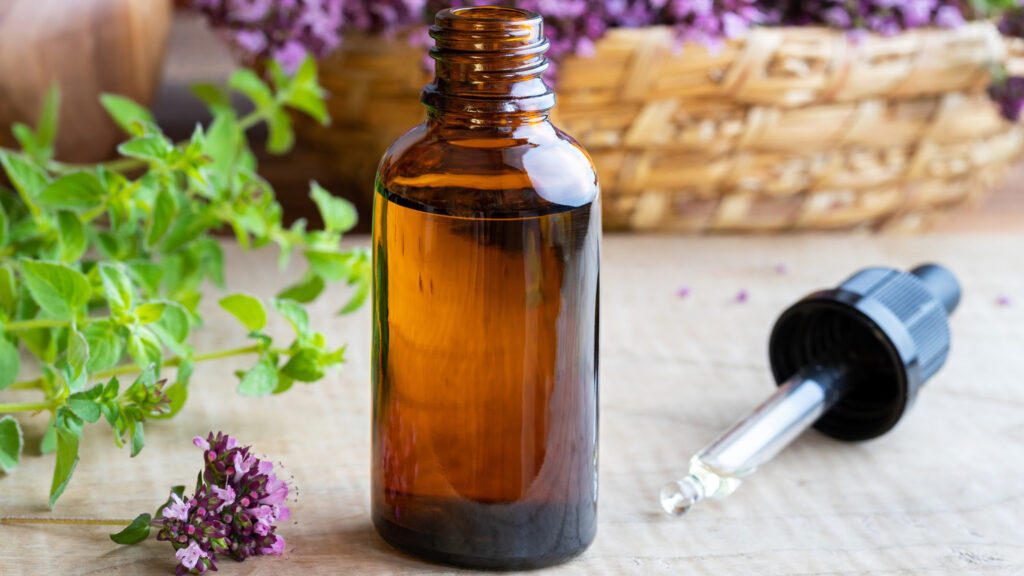
How Oregano Oil Works
- Antibacterial: Oregano oil stands out for its powerful antibacterial properties. It effectively combats a variety of bacteria, including Streptococcus and Helicobacter pylori, the latter being a common cause of stomach ulcers. The active compound in oregano oil, carvacrol, disrupts bacterial cell membranes, leading to their death. This makes oregano oil a potent natural remedy for fighting bacterial infections.
- Antiviral and Antifungal: Its antibacterial effects, oregano oil is also effective against viral infections and fungal conditions such as yeast infections. It contains both carvacrol and thymol, which possess antiviral and antifungal properties. These compounds work by inhibiting the growth of viruses and fungi, making oregano oil a versatile option for treating various infections. As a result, using oregano oil can help support your immune system in combating multiple pathogens.
How to Use Oregano Oil
- Internal Use: To harness the benefits of oregano oil for internal infections, dilute 1-2 drops of the oil in a glass of water or juice. Drink this mixture to help fight off internal infections, such as colds, flu, or digestive issues. Always use food-grade oregano oil and ensure that you do not exceed the recommended dosage, as oregano oil is potent and can cause stomach upset if taken in excess.
- Topical Use: For skin infections, you can use oregano oil topically by diluting it in a carrier oil, such as coconut oil or olive oil. Mix a few drops of oregano oil with the carrier oil to create a safe concentration for your skin. Once diluted, apply it directly to the infected area. This method allows the oil to penetrate the skin and deliver its antibacterial and antifungal properties effectively. Consider performing a patch test on a small area of skin to check for any adverse reactions before applying it more widely.
Oregano oil into your natural health toolkit, you can effectively combat infections while enjoying its many therapeutic benefits. Its multifaceted properties make it a valuable asset in maintaining your overall health and well-being.
4. Coconut Oil
Coconut oil contains lauric acid, a compound with antibacterial, antiviral, and antifungal properties. It is effective for treating infections both internally and externally. Coconut oil is particularly useful for skin infections, and when consumed, it boosts the immune system.
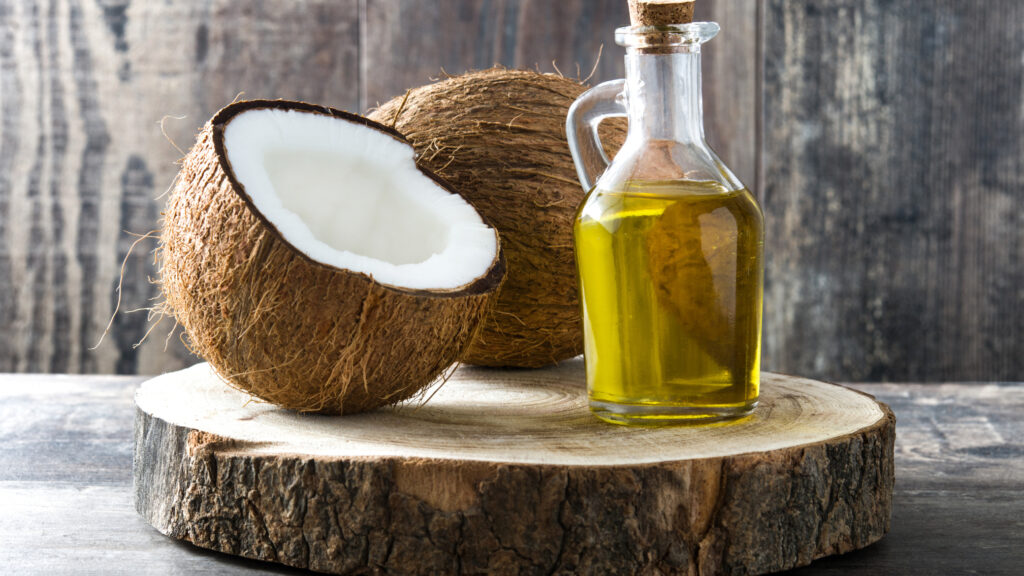
How Coconut Oil Works
Antibacterial and Antifungal: Coconut oil is widely recognized for its antibacterial and antifungal properties, primarily due to its high concentration of lauric acid. When you apply coconut oil, the lauric acid disrupts the lipid membranes of harmful bacteria and fungi, effectively killing them. This makes coconut oil a powerful natural remedy for combating a variety of infections. Studies have demonstrated that coconut oil can target pathogens like Staphylococcus aureus and fungi such as Candida albicans, providing effective relief from infections.
Moisturizer and Healing Aid: In addition to its antimicrobial properties, coconut oil serves as an excellent moisturizer and healing aid. It hydrates the skin, making it particularly beneficial for treating dry, infected skin conditions. The oil penetrates deeply, providing nourishment and creating a protective barrier that helps to seal in moisture. This action not only promotes healing but also prevents further irritation, allowing your skin to recover more effectively.
How to Use Coconut Oil
Topical Application: To use coconut oil for skin infections, cuts, or burns, simply apply it directly to the affected area. Start with a small amount and gently massage it into the skin. The oil will create a protective barrier that helps shield the area from dirt and bacteria while promoting healing. Because of its natural anti-inflammatory properties, coconut oil can also reduce redness and irritation, making it an ideal choice for soothing inflamed skin.
Internal Use: For those looking to boost immunity and fight digestive infections, incorporating coconut oil into your diet is a smart option. Aim to take 1-2 tablespoons of coconut oil daily. You can add it to smoothies, coffee, or use it as a cooking oil in your favorite recipes. This addition not only enhances the flavor of your meals but also provides your body with beneficial medium-chain triglycerides (MCTs) that support overall health.
By utilizing coconut oil in both topical and internal applications, you can effectively harness its natural healing properties. Its versatility makes it an essential addition to your natural antibiotic toolkit, helping you combat infections and maintain healthy skin.
5. Echinacea
Echinacea is a well-known herbal remedy that has been traditionally used to treat infections, especially those related to the respiratory system. It stimulates the immune system, making it more efficient at fighting off bacterial and viral infections.

How Echinacea Works
- Immune Booster: Echinacea is widely recognized for its ability to boost the immune system. This powerful herb increases the production of white blood cells, which play a essential role in defending the body against infections. By enhancing the activity of these immune cells, Echinacea helps your body respond more effectively to various pathogens, reducing the likelihood of falling ill.
- Antibacterial and Antiviral: In addition to its immune-boosting properties, Echinacea is effective against a range of respiratory infections, including the common cold, flu, and sinusitis. Research has shown that Echinacea can inhibit the growth of certain bacteria and viruses, helping to alleviate symptoms and shorten the duration of illness. Its antimicrobial properties make it a popular choice for those seeking natural remedies to combat respiratory infections.
How to Use Echinacea
- Tea: One of the most popular ways to consume Echinacea is by drinking Echinacea tea. To prepare this herbal infusion, simply steep Echinacea leaves or flowers in hot water for about 10-15 minutes. Drinking this tea regularly can help prevent respiratory infections or reduce their severity if you do become ill. You can enhance the flavor by adding honey or lemon, which also provide additional health benefits.
- Supplements: Echinacea is also available in various forms, including capsules and tinctures. When opting for supplements, it’s essential to follow the recommended dosage provided on the packaging or consult with a healthcare professional for guidance. Taking Echinacea supplements can be an effective way to ensure you receive a concentrated dose of this powerful herb, especially during cold and flu season.
Echinacea into your health regimen, you can significantly enhance your immune defenses and combat respiratory infections. Prefer sipping on herbal tea or taking supplements, Echinacea offers a natural and effective solution to bolster your body’s ability to fight off illness.
6. Ginger
Ginger is another powerful natural antibiotic, widely known for its anti-inflammatory and antibacterial properties. It is particularly effective in treating digestive and respiratory infections, and it has been used for centuries in traditional medicine to reduce nausea and boost immunity.
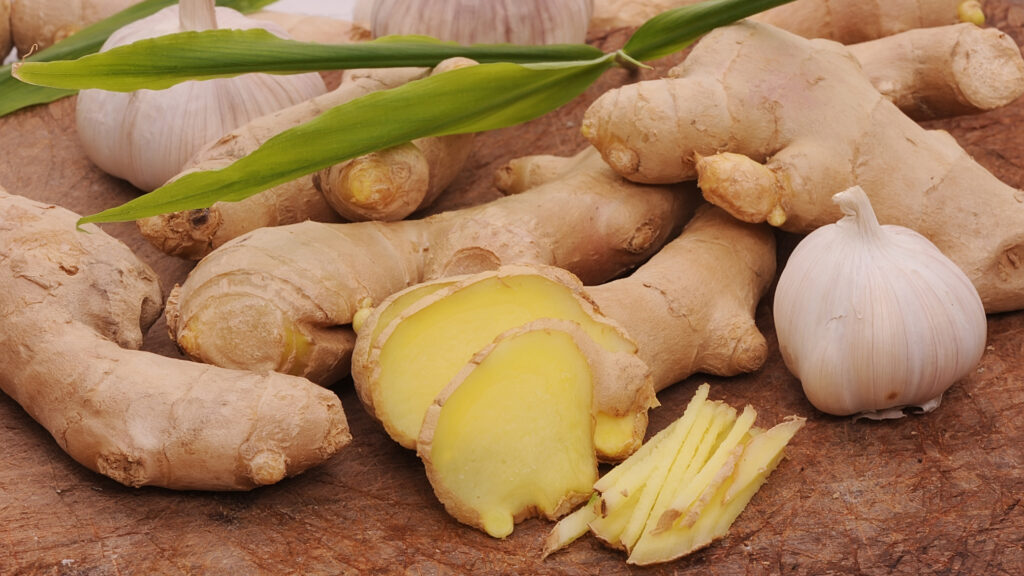
How Ginger Works
- Antibacterial and Antiviral: Ginger is a powerful natural remedy known for its antibacterial and antiviral properties. The active compound gingerol found in ginger has been shown to combat various bacteria and viruses effectively. This makes ginger a valuable ally in the fight against infections, helping to protect your body from illnesses caused by harmful pathogens. By incorporating ginger into your diet, you can leverage its medicinal benefits to support your immune system.
- Anti-inflammatory: Antimicrobial effects, ginger is renowned for its anti-inflammatory properties. It can help reduce inflammation throughout the body, making it particularly beneficial for conditions like sore throats and sinus infections. By alleviating swelling and discomfort, ginger can provide relief from symptoms associated with respiratory infections, allowing you to breathe easier and feel more comfortable during illness.
How to Use Ginger
- Ginger Tea: One of the most popular ways to enjoy ginger’s health benefits is by making ginger tea. To prepare this soothing beverage, simply boil fresh ginger slices in water for about 10-15 minutes. After boiling, strain the tea and enjoy it warm. Drinking ginger tea can help treat colds, flu, and respiratory infections, thanks to its antibacterial and anti-inflammatory properties. It can soothe a sore throat and provide a comforting, warming sensation, making it a perfect drink during chilly days or when you’re feeling under the weather.
- Raw Ginger: Incorporating raw ginger into your meals or smoothies is another excellent way to harness its antibiotic properties. Add grated or chopped ginger to stir-fries, salads, or marinades to enhance the flavor and nutritional profile of your dishes. Blending raw ginger into smoothies not only boosts the immune-boosting effects but also adds a zesty kick to your drinks. This method allows you to enjoy ginger’s benefits in a versatile and delicious manner.
By integrating ginger into your daily routine, you can effectively tap into its powerful natural antibiotic properties while enjoying its delightful taste. Choose to sip on ginger tea or incorporate raw ginger into your meals, this remarkable root can play a significant role in keeping infections at bay and supporting your overall health.
7. Turmeric (Curcumin)
Turmeric, specifically its active compound curcumin, has strong antibacterial, antiviral, and anti-inflammatory properties. It is a key ingredient in many natural remedies for infections and is particularly effective in reducing inflammation and treating skin and respiratory infections.
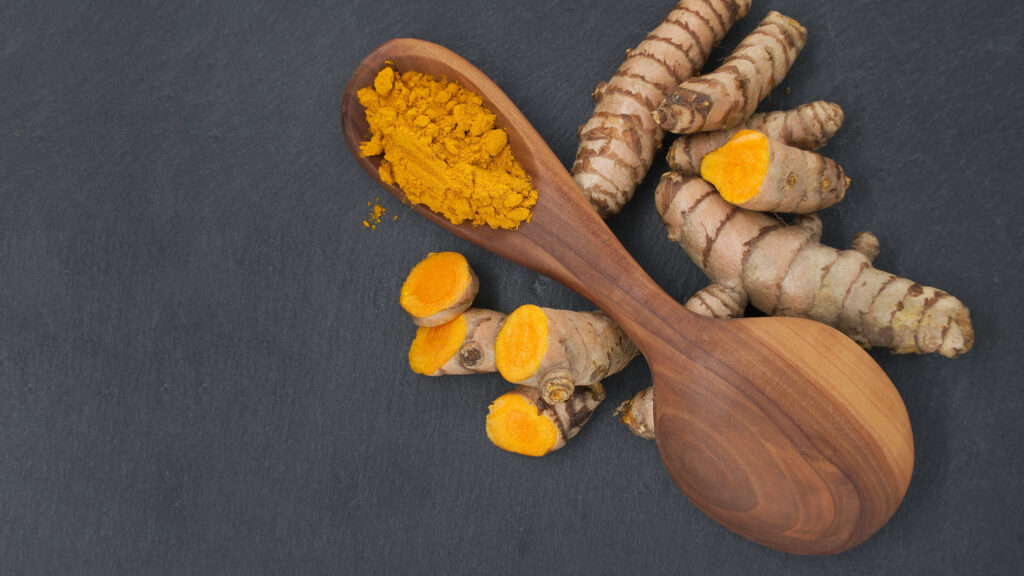
How Turmeric Works
- Antibacterial: Turmeric is well-known for its potent antibacterial properties, primarily attributed to curcumin, the active compound in turmeric. Curcumin effectively combats various bacterial infections, including those that affect the skin. By inhibiting the growth of harmful bacteria, turmeric can help prevent infections from worsening and promote faster healing. Incorporating turmeric into your wellness routine can be a natural way to protect yourself from bacterial threats.
- Anti-inflammatory: Antibacterial effects, turmeric is a powerful anti-inflammatory agent. It helps reduce inflammation throughout the body, which can be beneficial for individuals suffering from conditions like arthritis, sore throats, and sinus infections. By decreasing inflammation, turmeric not only alleviates pain and discomfort but also aids in the overall healing process. This dual action makes turmeric a valuable addition to any natural health toolkit.
How to Use Turmeric
- Turmeric Paste: One effective way to utilize turmeric’s healing properties is by creating a turmeric paste. To make this paste, simply mix turmeric powder with water or coconut oil to form a thick consistency. Once prepared, you can apply the paste directly to infected wounds or skin infections. This topical application helps reduce both bacteria and inflammation, promoting faster healing. Ensure that you leave the paste on the affected area for at least 30 minutes before rinsing it off. For best results, repeat this treatment 1-2 times daily until the infection improves.
- Turmeric Tea or Milk: Drinking turmeric-infused beverages is another excellent way to harness the benefits of this remarkable spice. To make turmeric tea, simply boil water and stir in 1-2 teaspoons of turmeric powder, along with a dash of black pepper to enhance curcumin absorption. You can sweeten the tea with honey or add a squeeze of lemon for extra flavor. Alternatively, consider preparing golden milk by mixing turmeric powder with warm milk (dairy or plant-based) and a touch of sweetener. This comforting drink not only helps fight internal infections but also boosts overall immunity, making it a great choice during cold and flu season.
Turmeric into your health regimen, you can effectively tap into its powerful antibacterial and anti-inflammatory properties. Whether you choose to apply turmeric paste topically or enjoy it in tea or milk, this vibrant spice can play a significant role in maintaining your health and fighting off infections naturally.
Each of these remedies has unique properties that target bacteria, viruses, and fungi, making them valuable tools in maintaining health naturally. While these natural antibiotics are powerful, it’s essential to use them correctly and consult a healthcare professional if an infection persists or worsens.






